Scrapped

Arc Angel
Initially developed in 2003, Arc Angel was conceived as a futuristic racing title to be slated for release on the Original Xbox. The Arc Angel team was lead by designer Chris Seavor prior to his involvement with Conker: Live & Reloaded, which sought to act as a bit of breathing room between Conker‘s original Nintendo 64 release and the potential sequel that eventually realized as the Xbox remake. Arc Angel ultimately proved to be too ambitious, with much of the team working on several other Rare projects during this time, and was left on the cutting room floor after four months of development.


Balls-Out
Following the extremely positive reception of Killer Instinct, critical praise of Super Battletoads and questionable cult status of X The Ball, the next coin-op release from Rare would bring the balls back with Balls-Out. Originally envisioned as a racing title, a prototype was developed using Rare‘s custom arcade hardware. However, the wanning interest in Arcades prompted Rare to abandon their coin-op efforts entirely, shifting their focus onto console gaming. Balls-Out was an unfortunate casualty of this decision, its legacy reflective of declining arcades and Rare‘s affinity for suggestive game titles.
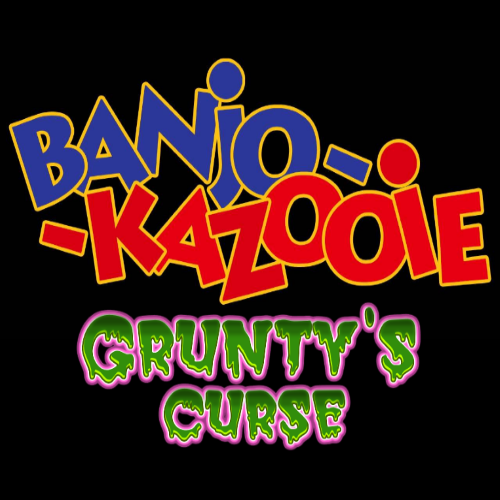
Banjo-Kazooie: Grunty’s Curse
Effectively a ‘sister’ title to the previously released Banjo-Kazooie and its established universe, Banjo-Kazooie: Grunty’s Curse was to be the Bear and Bird’s portable debut for the Game Boy Color. Swept up in a new adventure, Banjo would be tasked with braving the ancient antics of MohendraBanjo and the frigid climates of Freezing Fjord to rid his friends of Gruntilda’s aforementioned hex. While Banjo-Kazooie: Grunty’s Curse never saw release, much of its design was eventually reworked as Banjo-Kazooie: Grunty’s Revenge on Gameboy Advance.
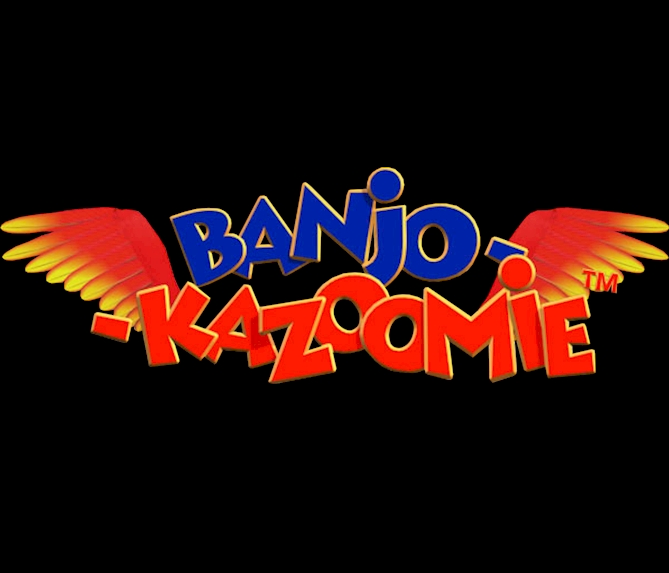
Banjo-Kazoomie
Developed for the Original Xbox in 2004 after the subsequent release of Grabbed by the Ghoulies, the Banjo team returned to the helm with Banjo-Kazoomie. As the title suggests, it began as an inventive kart racing title that tasked players with constructing their own vehicles out of interchangeable spare bits. While the racing title would never come to fruition, its core gameplay element undoubtedly served as a precursor for Banjo-Kazooie: Nuts & Bolts on the Xbox 360, which relied on a similar construction mechanic that allowed players to customize their own vehicles and creations.
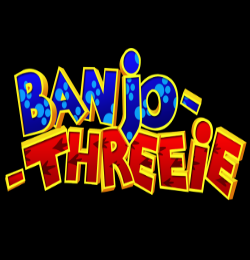
Banjo-Threeie
Teased officially by name during the finale of Banjo-Tooie, the next proper installment of the Banjo-Kazooie series was planned for the Gamecube before development shifted to the Xbox following Microsoft’s acquisition of Rare. Efforts to keep the platforming genre viable saw Banjo-Threeie treading familiar ground as a pseudo-remake of Banjo-Kazooie with added twists, to bouts of innovation that would inspire the likes of Banjo-Kazoomie among others. Branching out from its traditional platforming roots, these ideas would eventually culminate in the Xbox 360 title, Banjo-Kazooie: Nuts & Bolts.
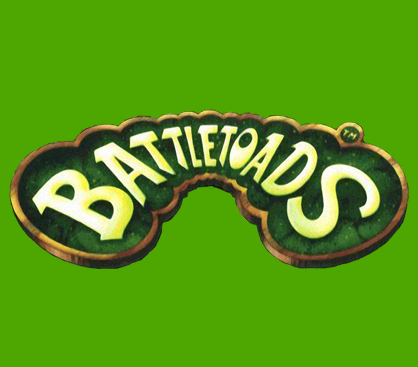
Battletoads (GBA)
Seeking to revitalize their long-dormant Battletoads series, Rare‘s portable division had begun to develop the next installment exclusively for the Gameboy Advance following the release of Banjo-Kazooie: Grunty’s Revenge. Retaining the gameplay that had made the original Battletoads titles so addicting and difficult, the new rendition would have revisited familiar worlds like Ragnorak’s Canyon and the Ice Cavern, tempting players with Psyko Pigs and mechanical Walkers to accumulate points in defeating. A functional proof-of-concept prototype was created, but never completed.



BC Games
Conceived as an early prototype for the Nintendo Entertainment System, BC Games was created by brothers Dave and Bob Thomas, a programmer and artist respectively. The title would have seen players competing in a ‘Stone Age Olympics’ facing off in a number of varied events indicative of the era, including comical Dinosaur Racing. BC Games, along with several other unnamed demos created would have been completed over the span of 18 months for appeal to Nintendo. Unfortunately, they never received a green light from internal Rare staff, leaving this prehistoric adventure squarely in the past.
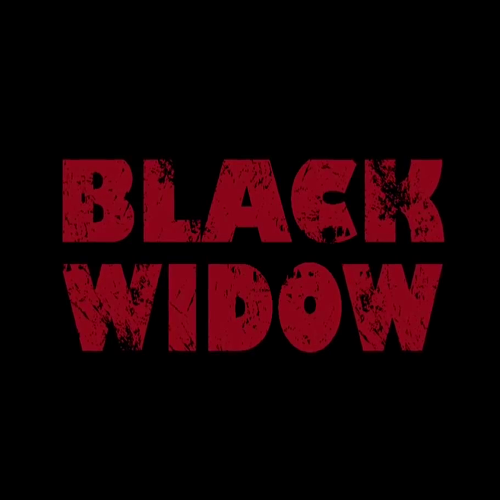
Black Widow
Mechanical spiders, alien invasions and an appropriately unsettling musical score by composer, Steve Burke – that much is certain with Black Widow; an abandoned first-person shooter with a clever jump-and-gun mechanic developed in part by programmer, Phil Tossell. Originally planned for release on the Xbox 360, Black Widow sought to appeal to its perceived mature audience. While this arachnid arrangement would hardly come to fruition, elements of Black Widow made further cameo appearances in several prototypes at the time, where it became something of a running gag amongst Rare staff.




BLOGS
Developed as a simulation game with a similar premise to Little Computer People on the Commodore 64, BLOGS was intended for the release on the Gameboy Advance from a team lead by designer, Martin Wakeley. With the staff behind BLOGS previously collaborating on titles like Blast Corps. and Jet Force Gemini, the simulation title received inspiring art that was made possible by creating backgrounds for the Nintendo 64 and then downsizing for the portable console. While BLOGS was ultimately scrapped, the rendering techniques would go on to influence the Sabre Wulf (GBA) team.

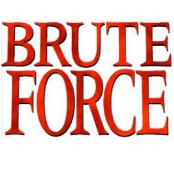
Brute Force
Serving as a precursor for the original Killer Instinct arcade title during its development, Brute Force featured substantial differences including an early roster of classic characters. Staff-wielding Roxy Rave and punchy Mister Fist stood in for Orchid and T.J Combo, whereas Riptor, Spinal and Sabrewulf took up the mantle for fighters Toxin, Argo and Newton. After Rare made several attempts to improve elements of character design, gameplay and aesthetic for Brute Force, it had emerged from development as a new beast altogether, taking on the iconic and revered title of Killer Instinct.


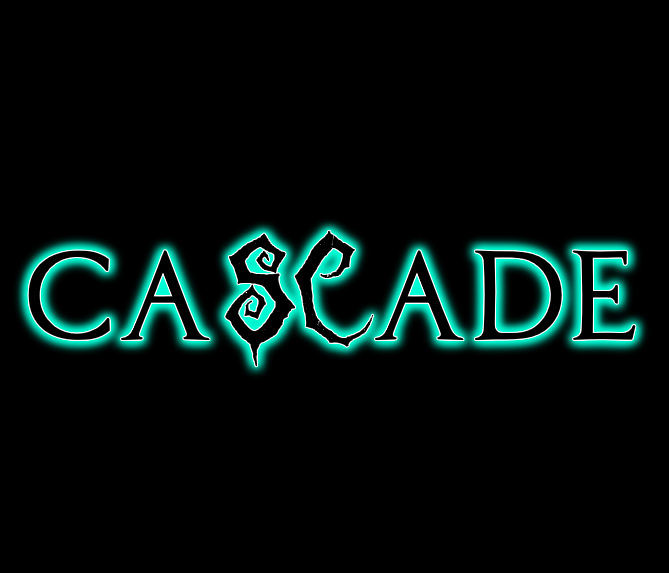
Cascade
Previously established as the unreleased Quest during the Gamecube/Xbox transition, the Massive Multiplayer Online title was reincarnated as Cascade, gaining steam following the release of Perfect Dark Zero. Lead by Mark Edmonds and Chris Tilston, Cascade returned to the fantastical roots on the Xbox 360 where sprawling landscapes and varied detail would have been driven to a greater extent on the console. In 2007 however, The team behind Cascade was eventually reassigned to work on GoldenEye 007: XBLA and the Massive Multiplayer Online title ultimately became lost in time.

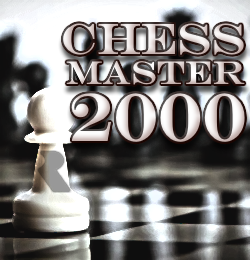
Chess Master 2000
Originally released in 1986 for the home computer market, Chess Master 2000 was a simulation game on DOS which received ports for the Amiga, Amstrad, Commodore and Atari systems. The title very nearly earned its own version on the Nintendo Entertainment System in 1988 to be developed by Rare, but a stalemate was encountered when legal rights arose, causing the game to become delayed indefinitely. Picking up the pieces, the team would focus their efforts on porting the arcade version of Ivan ‘Ironman’ Stewart’s Super Off-Road to the NES instead.
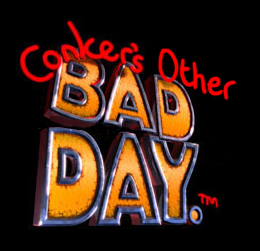
Conker’s Other Bad Day
Following in the shambling footsteps of Conker’s Bad Fur Day, the sequel directed by Chris Seavor would have seen the Red Squirrel return in Conker’s Other Bad Day. After an unsuccessful reign as King, Conker would have found himself imprisoned in the highest tower, desperate to escape and begin yet another ill-fated adventure – the likes of which would eventually see him to the fringes of the galaxy to face off against the Cthulpoo. Unfortunately, Conker’s Other Bad Day never transpired, leaving the title to be relegated to the “Games that could have been great” Twycross vault.

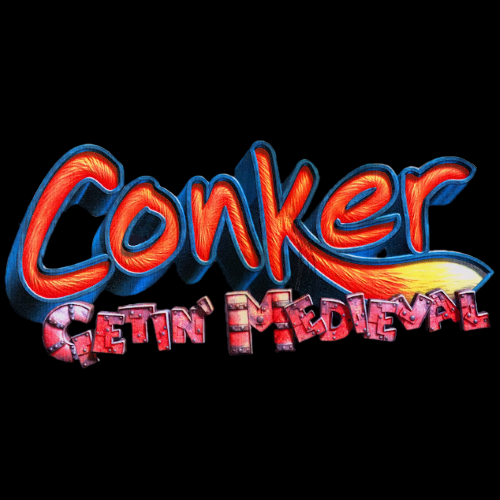
Conker: Gettin’ Medieval
Siege Warfare, Co-operative Multiplayer and Time Traveling escapades would have seen a renaissance in Conker: Gettin’ Medieval; the fledgling efforts of the Live & Reloaded team exclusively dedicated to Xbox Live’s online capabilities. Featuring the pint-sized Gregg the Grim Reaper as its leading character, Conker: Gettin’ Medieval would wage wars across time, where the Sky Knight, Battle Mage and Musketeer could be found within its Medieval realm. While an abundance of concept art was created for the title, Conker: Gettin’ Medieval was cut down in its prime, never to see release.

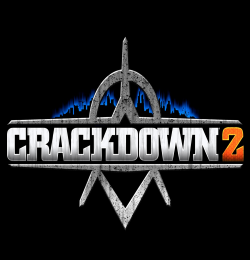
Crackdown 2
Developed internally by the Kameo: Elements of Power staff in 2008, Crackdown 2 served as the direct sequel to the original Crackdown title produced by Realtime Worlds. While a dedicated team at Rare had begun work on Crackdown 2, the title and intellectual property was eventually given to Ruffian Games to complete, where it released in 2010. While Rare‘s efforts in the production were never realized, they do share an interesting link to Ruffian Games, where save data from Crackdown 2 is used to unlock the protagonist as a playable multiplayer character in Perfect Dark XBLA.


Diddy Kong Pilot
Serving as a spiritual successor to Rare‘s previous critical darling Diddy Kong Racing, this portable adventure would have seen Diddy Kong and friends return to the competitive scene with their aviation skills on show exclusively. Diddy Kong Pilot was on the spear of new technology for the time, in predictable Rare fashion, incorporating tilt control and impressive 3D courses. While sights were set high on this flying ace, Diddy Kong Pilot found itself a casualty of the acquisition of Rare by Microsoft – though it would eventually see the light of day after it had been republished as Banjo-Pilot.




Dinosaur Planet
Heralded as Rare‘s final release for the Nintendo 64, and showcasing technological prowess for it, Dinosaur Planet was an impressively designed open-world platform game that encouraged exploration as well as close combat with reptilian foes. Lead by heroes Krystal and Sabre, this adventure would have rivaled the likes of The Legend of Zelda: Ocarina of Time if it had been released. Dinosaur Planet was eventually re-designed for the Gamecube and after intervention from Nintendo was realized as Starfox Adventures: Dinosaur Planet and later as just Starfox Adventures.



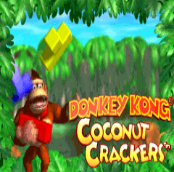
Donkey Kong Coconut Crackers
Slated for release along with Gameboy Advance offerings of Diddy Kong Pilot, Banjo-Kazooie: Grunty’s Revenge and Sabrewulf, this latest Kong quest would have introduced the first puzzle title into Donkey Kong Country canon. Taking things from an isometric perspective, players would have been tasked with shaping up the playing field in order to outwit the Kremlings. Donkey Kong Coconut Crackers ultimately found itself a casualty of the acquisition of Rare by Microsoft, though the title was eventually retooled as the excessively quirky It’s Mr. Pants in 2004.



Donkey Kong Racing
Originally announced at E3 2002 and planned for release on the GameCube, Donkey Kong Racing acted the sequel for Rare‘s previously released Diddy Kong Racing. This iteration would have been more faithful to the original Donkey Kong Country series, with Planes, Cars and Hovercrafts forgone to make way for familiar animal buddies like Rambi, Espresso, Enguarde and Ellie. While Taj had managed to secure a place on the roster, other racers were strictly canon with Donkey Kong Country which meant the likes of Banjo and Conker would be missing from this outing.




Donkey Kong Virtual Boy
Setting their sights on three-dimensions with Nintendo’s Virtual Boy, Rare would spend the first three months in development attempting to bring over the pre-rendered world and art assets of Donkey Kong Country to function on the monocromatic handheld device. While its resources would have been lifted from the original DKC title, Donkey Kong Virtual Boy would have touted its own exclusive adventure not seen on the SNES. Unfortunately the low sales and short-sightedness of the Virtual Boy left the market without financial viability to develop the title beyond a functioning prototype.
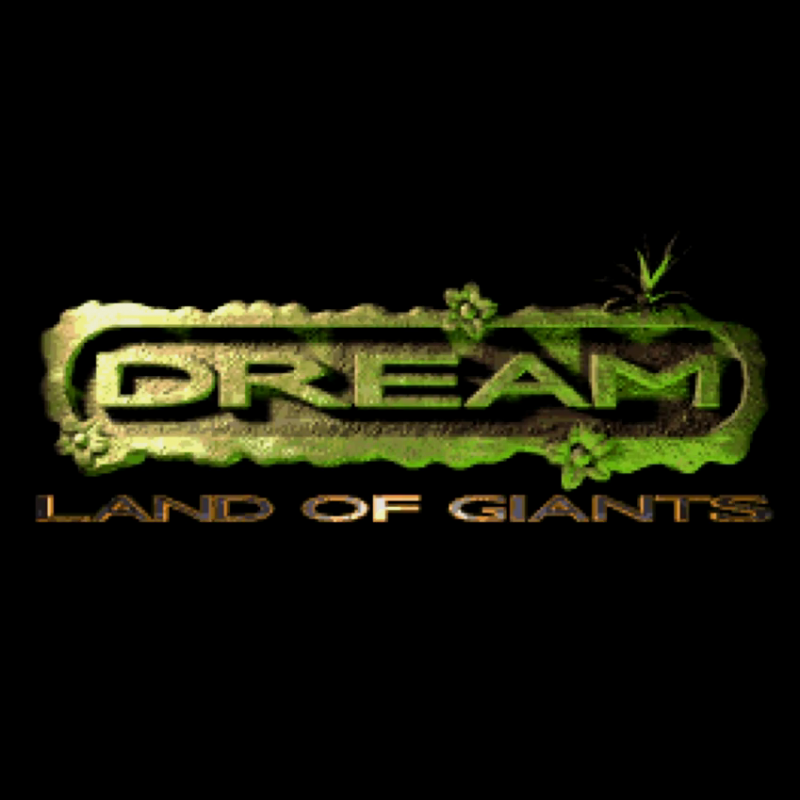
Dream
Following the acclaimed success of their Donkey Kong Country trilogy, Rare set their sights on a rather ambitious project called Dream, which followed the adventures of a boy named Edson who is unexpectedly thrown into adventure when his girlfriend, Madeline is captured by a group of pirates lead by the nefarious Captain Blackeye. The sea-faring epic allowed players to explore shanty towns, battle with trolls and ogres and take to the high seas. After its ambitious scope outgrew the Super Nintendo as well as the Nintendo 64, Dream was eventually evaluated and reworked as Banjo-Kazooie.




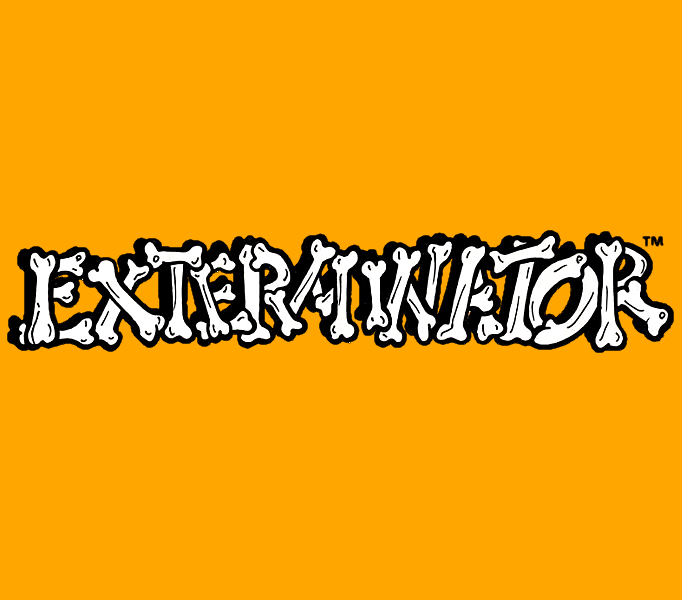
Exterminator
Effectively a port for the Nintendo Entertainment System based on the arcade title of the same name, Exterminator tasked players with clearing out a series of rooms filled to brim with all manner of pests. While the arcade release was seen through the perspective of the pest control officer and their inexplicably disembodied hands, Rare sought to add another layer of depth and fidelity with the Power Glove peripheral. Unfortunately, wanning sales of both the Power Glove and interest of Exterminator within arcades caused the Nintendo Entertainment System translation to be exterminated.

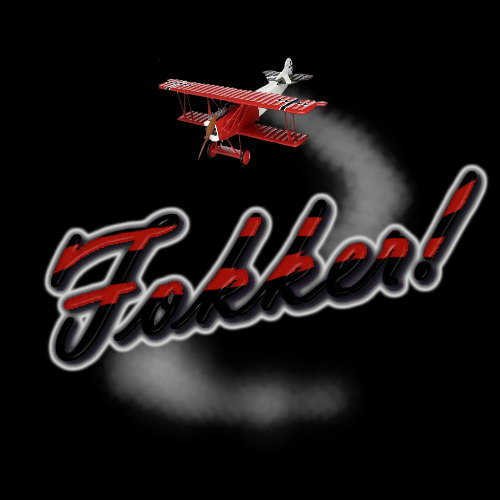
Fokker
Sharing it’s namesake with the Dutch aircraft, Fokker was set to be Rare‘s first arcade release, predating even that of X The Ball, which released five years later. Utilizing Rare‘s custom Razz board, players could pilot a bi-plane in three-dimensions as they soared over hills and countrysides, engaging in aerial dogfights and dropping bombastic payloads on the fields below. The project was lead by programmer Simon Hallam in March of 1988 with a flying start, but after five months of development it was unable to get off the ground after cancellation in August of the same year.

GoldenEye 007 XBLA
Introducing Rare‘s classic First Person Shooter to a new audience on Xbox Live Arcade would have given new meaning to “You Only Live Twice” – and while GoldenEye 007 may have received a quantum of solace in the subsequent releases from Eurocom, for a time it was being pursued by the Xbox Live Arcade team at Twycross. While the game had been completed, with state-of-the-art visuals bringing Bond’s classic adventure to a pristine polish, a license to kill would lead to its unfortunate downfall, after intellectual rights arguments began to emerge causing the title to be disbanded indefinitely.

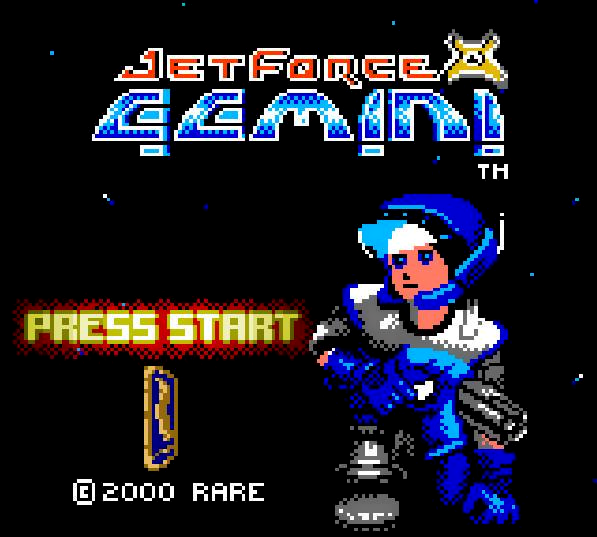
Jet Force Gemini GBC
Rocketing towards the Gameboy Color in 2000, Jet Force Gemini GBC would have featured the return of the space-faring star twins and their canine companion, Lupus, following their victory against Mizar on the Nintendo 64. Created outside of Rare by UK development house, Bits Studio, this all-new adventure would have seen Juno and Lupus on a galactic conquest to locate sister Vela, with the option to control all three characters once they had been reunited. While most of the title had allegedly been completed, it was unexpectedly cancelled for reasons that remain nebulous.


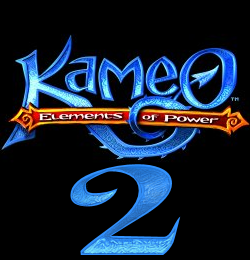
Kameo: Elements of Power 2
In a series entrenched with transformation, perhaps it shouldn’t come as such a shock that the sequel to Kameo: Elements of Power sought to reinvent the established setting with a mature overhaul that would bring the ethereal sequel in a bold new direction. Rare‘s shape shifting femme fatale would have undergone quite a drastic transformation herself, with a more realistic tone and aesthetics to appeal to an adult-oriented audience. While Kameo: Elements of Power 2 was starting to shape up, development was shifted away from the aged fairytale and towards other projects on the Xbox 360.
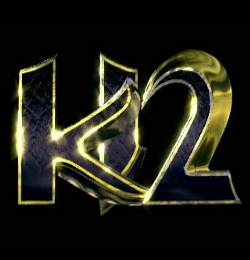
Killer Instinct 2 SNES
With attention drawn to Killer Instinct and Killer Instinct 2 in arcades, Rare sought to bring the action to the living room, with both titles receiving their own release on home console. While Killer Instinct 2 would eventually find its calling on the Nintendo 64 under the name Killer Instinct Gold, it was intended for the Super Nintendo Entertainment System along with the first Killer Instinct title. Interestingly, development had been completed on Killer Instinct 2 SNES, but with the Nintendo 64 on the horizon, the title was effectively held back to make way for its Gold counterpart.

Kinect Trainer
Showcasing unprecedented potential with Microsoft’s Kinect peripheral, the Twycross-based studio began to develop a fitness title in partnership with Nike in 2009 that would be released in conjunction with their first entry in the Kinect Sports franchise. With aesthetics shifting from refined realism to Avatar-inspired styles, Kinect Trainer would have seen players taking instruction from in-game coaches for a personalized workout session. After only a year in development however, fitness titles of a similar nature left Kinect Trainer struggling to stand apart and the title was officially canceled in 2010.
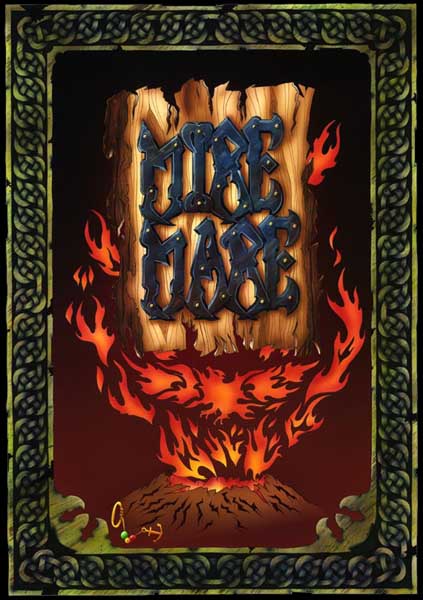
Mire Mare
Stretching back in time to Rare‘s previous incarnation as Ultimate: Play the Game during the 1980’s, this coveted ZX Spectrum title was intended to be Ultimate‘s swan song of sorts to close the era. While Mire Mare had been mentioned within previous titles Underwurlde, Pentagram and Knight Lore as the final proposed Sabreman adventure, the title never materialized beyond prospective cover art. In a similar veil of notorious secrecy that shrouded Ultimate: Play the Game, evidence towards the existence of Mire Mare is few and far between, with cheeky references towards the illusive finale within Xbox titles Jetpac Refuelled and Grabbed by the Ghoulies. Gaining traction with conspiracy, this speculative Spectrum release has earned a legacy all its own.


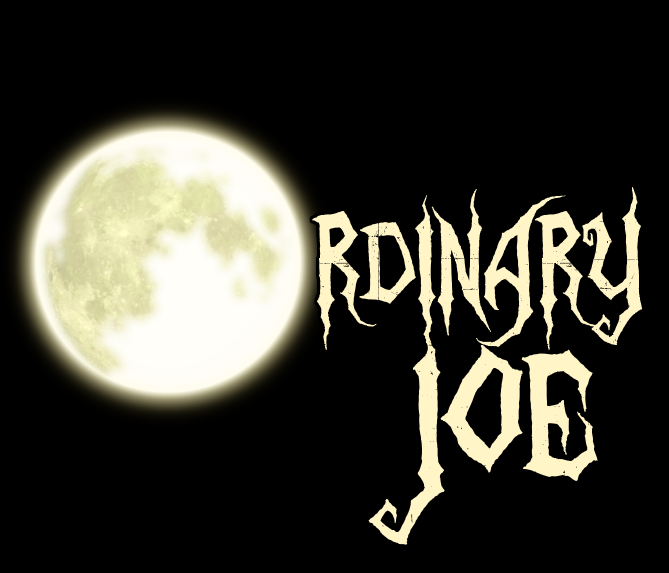
Ordinary Joe
Elevating development to terrifying new heights, Ordinary Joe began as Rare‘s ambitious survival-horror venture, which had been previously unexplored – with exception to the tongue-in-cheek haunted house romp of earlier Grabbed by the Ghoulies. Lead by designer Chris Seavor following the release of Conker: Live & Reloaded, the small team behind Ordinary Joe were dedicated and passionate, fueling the Xbox 360 hopeful with creative ideas and bouts of innovation. After only a few months in development however, Rare‘s survival-horror title was ultimately canceled – terrifying stuff.
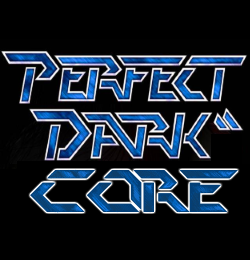
Perfect Dark Core
Following the release of Perfect Dark Zero for the Xbox 360, Perfect Dark Core sought to take the series in a bold new mature direction, much in the same vein as tentative sister release, Kameo: Elements of Power 2. While development on Perfect Dark Core began in 2007 with a team lead by designer Chris Seavor, by 2008 the project had grown beyond the Perfect Dark universe, introducing a new male protagonist facing off against daunting Mechs. Unfortunately, neither concept was ever finalized after the team was reduced to only three members, grinding development to a halt.

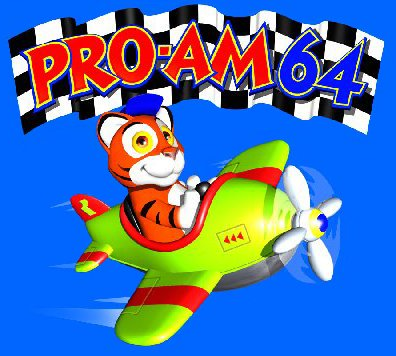
Pro-Am 64
While a small and dedicated team had started development on Wild Cartoon Kingdom, the size and scope of the title required a call to arms. As new members joined the team, they drew inspiration from Rare‘s older properties. Seeking to revitalize the previously established R.C. Pro-Am series after six years of dormancy, Rare designed Pro-Am 64 as the fourth entry on the Nintendo 64. After presenting Pro-Am 64 to Nintendo, Rare was encouraged to integrate Diddy Kong into the main lead, ostensibly replacing Timber the tiger as the would-be mascot and becoming Diddy Kong Racing.


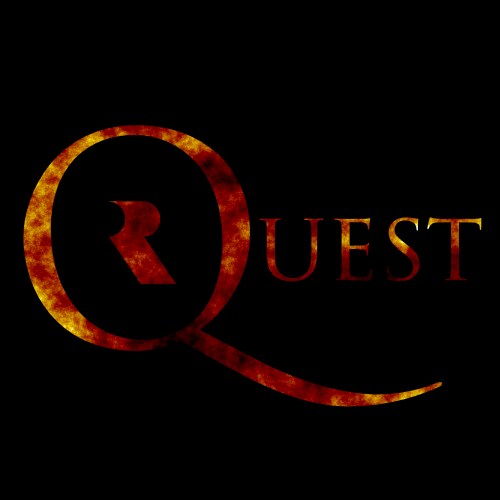
Quest
Intended as Rare‘s first Massive Multiplayer Online title for the Nintendo Gamecube, the storied development surrounding Quest began in 2000 as a fantasy role-playing game under the title of “Elements of 3 Powers”. After a shift in focus that removed the fantastical setting, Quest was re-envisioned as a space shooter in 2001 and following the acquisition by Micosoft a year later, the team began making the transition from the Gamecube to the Xbox. Unfortunately, Rare would never go on to release their Massive Multiplayer Online game to the masses, as it was swiftly canceled thereafter.
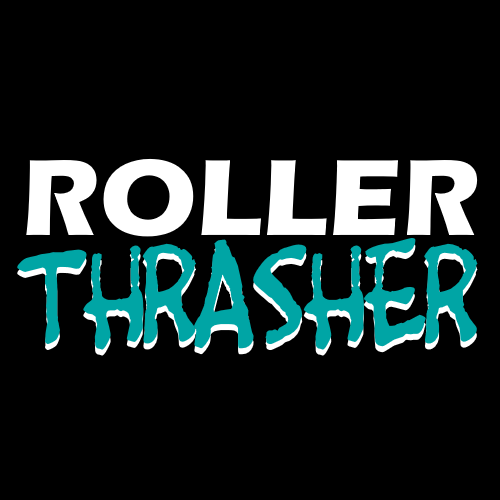
Roller Thrasher
Sharing development with Wolverine and Solar Jetman: Hunt for the Golden Warpship simaltaneously, Roller Thrasher was created exclusively for the Nintendo Entertainment System in 1989. Taking on an isometric perspective, this title from John and Ste Pickford would have seen players facing off on rollerskates as they attempted to race against and combat their opponents. While the title was commissioned by LJN Toys who supplied the questionable premise, a hectic development cycle prevented Roller Thrasher from being completed – though it was very nearly finished.
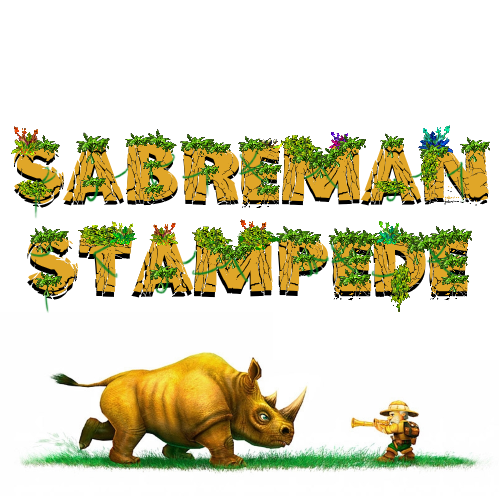
Sabreman Stampede
Originally developed as a racing title for the Xbox to effectively replace the previous build of Donkey Kong Racing for Gamecube, the Sabreman Stampede team began to explore the possibilities of creating an entire adventure around the spry spectrum explorer instead. After development began to upgrade the title to the upcoming Xbox 360, much of the team had lent their talents to Kameo: Elements of Power and Perfect Dark Zero, putting Sabreman Stampede in stasis. Unfortunately, the pith helmet hero couldn’t be roused a third time, leading the game to enter limbo indefinitely.

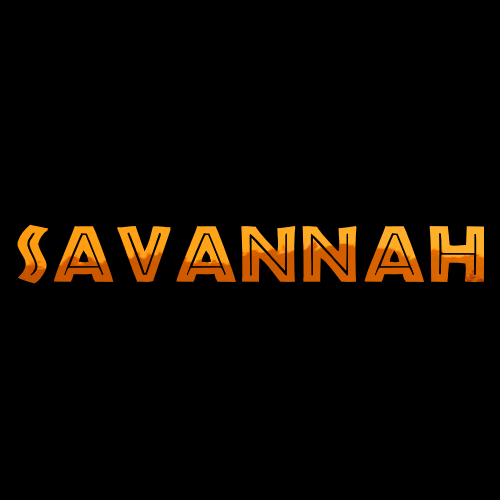
Savannah
As the title implies, this African Safari on the Serengeti was developed at Rare as a prototype in 2006 for the Xbox 360. In Savannah, players were tasked with rearing a lion cub through adolescence, imparting survival skills and training it to thrive amongst the life in the wild. With development coinciding with that of the Kinect, Rare initially planned to design the title around the up-and-coming device from Microsoft. While the wildlife populating Savannah looked advanced for its time, the project existed as a prototype only, and the expedition was canceled after a year in development.

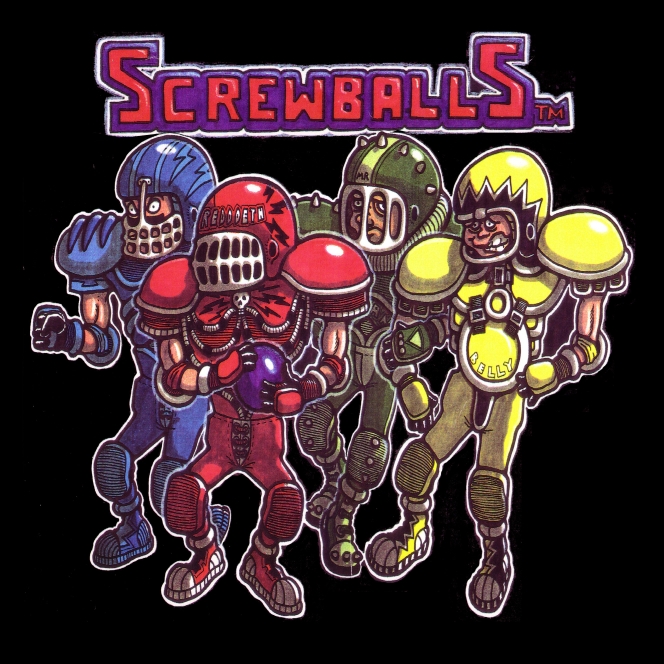
Screwballs Superleague
Screwballs Superleague began as an ambitious original Rare property for the Nintendo Entertainment System in September, 1990. Merging the appeal of contact sports and the dynamics of spinning tops, Screwballs tasked players with commanding a team of gyrating superstars that could gain momentum in their respective ‘Spin Engines’. Upon exit, opposing teams would clash inside of an arena, using their garnered speed to engage in battle. While the concept was promising, the project was eventually cancelled outright in July of 1991 after ten months of development.
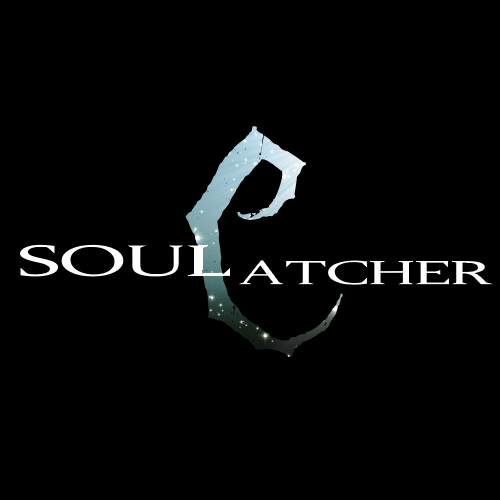
SoulCatcher
Developed exclusively for the Xbox Live Vision Camera and its associated motion-controlled peripherals, SoulCatcher began as an first person action adventure game set in a fantastical world of sorcery. Utilizing the prototype ‘wand’ device, players could perform simple gestures that would allow them to cast spells and enact magic in real time. While the Xbox Live Vision Camera was used in conjunction with the wand, the technology behind the up-and-coming Kinect for hands-free gameplay spelled the end for SoulCatcher, and it disappeared after a few choice magic words were uttered.
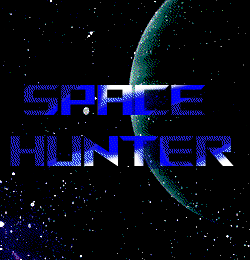
Space Hunter
Space Hunter was the first NES title submitted by Rare to Nintendo in an effort to secure their development status, which at the time required the submission of a successful demo without the use of any technical documentation. This heady task was undertaken by brothers Bob and David Thomas, an artist and programmer who spent weeks reverse-engineering the Nintendo Entertainment System to create their own game in the process. While the vertical Shoot ‘Em’ Up was completed, and did earn Nintendo’s approval, Space Hunter would never see an official release from Rare.
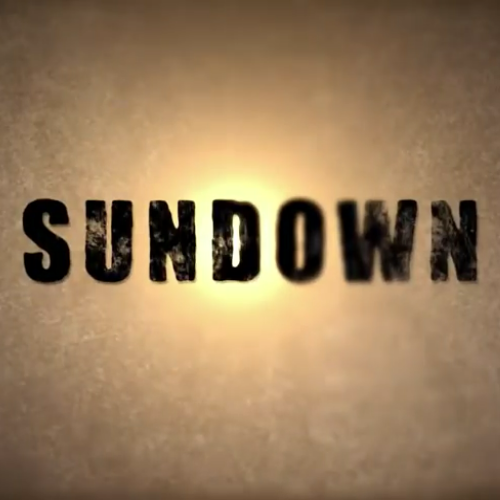
Sundown
Marking Rare‘s second foray into the survival horror genre, Sundown began development in 2010 as an exclusive title for the Xbox 360. Facing off against an insidious parasitic virus that slowly turned humanity into mutated monstrosities, players would collect supplies and survival munitions during the daylight hours. When the sun set, players would need to defend their makeshift dwellings by setting traps and confronting the infected during nightly assaults. While Sundown made for an extremely promising premise, it was eventually cancelled outright, never to rise again.


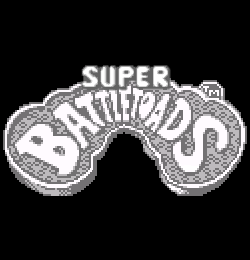
Super Battletoads Gameboy
Following in the warty footsteps of precursors Battletoads & Double Dragon GB and Battletoads in Ragnorak’s World, the third conversion would have seen the arcade smash-hit, Battletoads Arcade downsized for the original Gameboy. After only a few months in development, the title was completed and ready for distribution, however, Tradewest grew concerned over the potential sales of the port given the reception the Arcade title had garnered, and cancelled the title outright. If Super Battletoads Gameboy had released as intended, it would have been the swan song for the franchise.

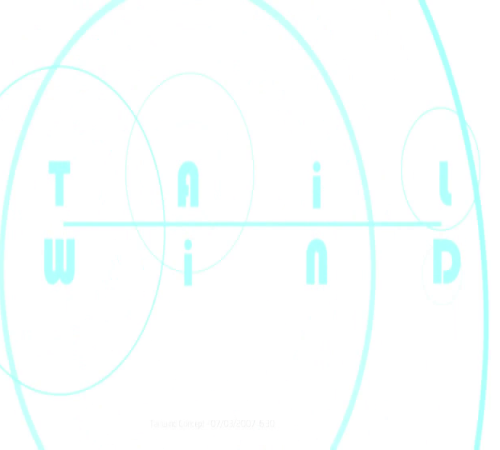
Tailwind
Taking to the skies in 2007, Tailwind would serve as Rare’s first flight simulator on the Xbox 360, second only to their previous attempt with Fokker in the arcades during the late 1980’s. In Tailwind, players would assume the role of an aviation enthusiast and proprietor of a fledgling courier service hoping to spread its wings. As the player progressed through Tailwind, a fleet of varying aircrafts would become available for purchase, each with a distinct manner of flight and control. Unfortunately, Tailwind was never given a chance to soar past the prototype stage, and was grounded soon after.




The Fast & The Furriest (Vision Camera)
Experimenting with the Xbox Live Vision Camera, development for The Fast & The Furriest began in 2006 with the intention to merge motion-controlled gameplay of sports with Rare‘s prolific library of recognizable (and mostly furry) faces. These familiar ambassadors would act as athletic avatars, allowing players to compete in physical events while masquerading in their mascot costume of choice. Ultimately this concept was never fully realized beyond its prototype capacity, as the lack of fidelity and play control from the Xbox Live Vision Camera proved detrimental to the overall experience.



The Fast & The Furriest (Xbox 360)
Sharing its namesake with the previous Vision Camera title, The Fast & The Furriest entered development in 2008 as an entirely customizable racing title prepared for a full-fledged Xbox 360 release. Taking inspiration from their established series, Rare‘s custom karting hybrid would have found drivers in Joanna Dark, Rash, Vela and Banjo to name a few. On the track, each character had their own unique racing abilites which would have offered up an interesting competitive edge. Unfortunately, The Fast & The Furriest never reached the finish line and was cancelled in the middle of development.


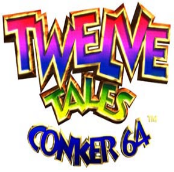
Twelve Tales: Conker 64
Starting its infancy as a sprightly platformer on the Nintendo 64, Conker’s Quest and laterally Twelve Tales: Conker 64 followed the exploits of Conker and his girlfriend Berri across a lush and expansive world with a plot paralleled in Conker’s Pocket Tales. Fearing that critics would simply dismiss Conker 64 as treading the tried and trusted route seen in similarly chirpy Diddy Kong Racing and Banjo-Kazooie released earlier, Rare reworked the entirety of Twelve Tales into the mature rated Conker’s Bad Fur Day where its adult-oriented twist would stand on its own merits.





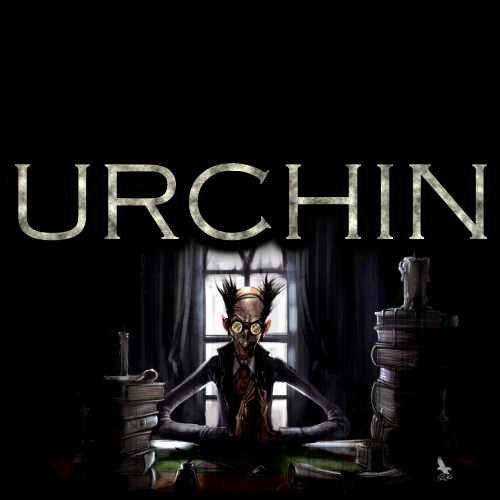
Urchin
Centered around a grim fairytale, Urchin was envisioned as a trilogy of games intended for the Xbox 360. In the first title, Urchin: Pig Girl, players would venture out into a Gothic landscape as the eponymous Urchin and her pet Boar, Lilith, embarking on elaborate quests that were decidedly maligned and morally corrupt. Urchin was placed on hiatus as development switched to Perfect Dark Core, and unfortunately would be a permanent decision, as Urchin and its sister titles, Urchin: Lady Wolf and Urchin: Wicked Witch would never see release, and in a twist of fate, neither would Perfect Dark Core.


Valley of the Kings
The isometric adventure title, Knight Lore from Ultimate: Play the Game showcased what the ZX Spectrum was capable of, with unprecedented visuals that had never been seen before. Taking up the mantle, Rare attempted to best their prior efforts and in the twilight years of the 1980’s began to work on a title for the Nintendo Entertainment System called Valley of the Kings. Utilizing Knight Lore‘s groundbreaking isometric perspective, Valley of the Kings boasted superior visuals and seemed extremely promising, though for reasons unknown, never managed to see the light of day.
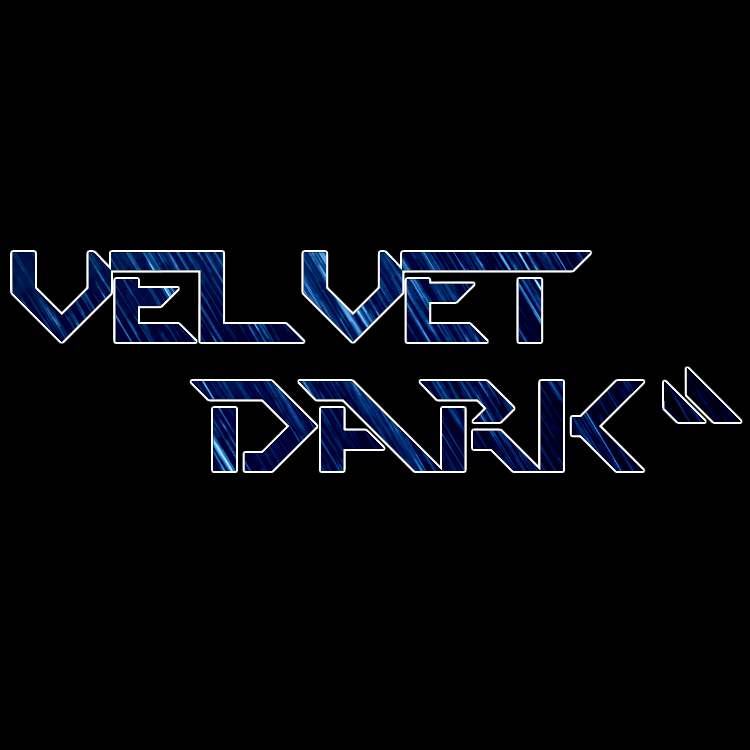
Velvet Dark
During the twilight months of Perfect Dark‘s development, Rare would seek to develop a spin-off title in the same universe starring Joanna Dark’s sister, Velvet. Experiencing the further exploits of the Carrington Institute in a third-person perspective, Velvet Dark would have delivered an experience not dissimilar to the Metal Gear Solid series. Unfortunately, Velvet Dark‘s classified missions would remain just that, with the Agent’s starring role demoted to an appearance alongside her sister during the Co-Op Campaign of Perfect Dark.



Wild Cartoon Kingdom
Serving as an incredibly early precursor and inspiration for Diddy Kong Racing on the Nintendo 64, Wild Cartoon Kingdom began as the efforts of Chris Stamper, Lee Musgrave, Rob Harrison and Lee Schuneman to produce an inventive racing title. Drawing inspiration from the attractions and geography of Disney Land, the team experimented with implementing an adventure mode that was interwoven through varying hub worlds. As development continued, Wild Cartoon Kingdom would recieve it’s new title, Adventure Racers, eventually evolving into that of Pro-Am 64.
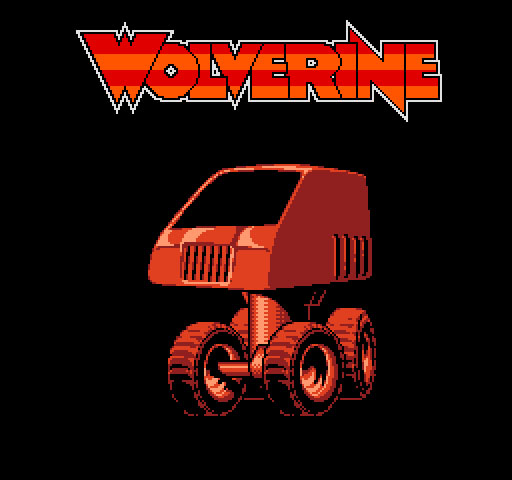
Wolverine
Designed by John Pickford, Ste Pickford and Andy Miah, a designer, artist and programmer respectively, Wolverine was developed in 1989 alongside Roller Thrasher for release on the Nintendo Entertainment System. Inspired by the isometric scrolling aestheics shown off in Glider Rider on the ZX Spectrum, the Wolverine team crafted an elaborate three-dimensional world for a roving tank to traverse. While the project was ambitious and visually impressive at the time, it was unfortunately understaffed and was ultimately abandoned when the developers took on other responsibilities at Rare.

Wrestlerage
Following their successful string of WWF Wrestling titles on the Nintendo Entertainment System and Game Boy, Rare began to develop their first SNES release outside of the WWF license in 1991. Taking things outside of the ring and into the streets, Wrestlerage would have starred eight playable brawlers, each with a host of pins, grapples and throws to contend with. While the project was more than half-way through its development cycle, the lack of a publisher meant that Rare would offer their SNES debut to the established Battletoads license, and Wrestlerage was knocked out cold.



























































